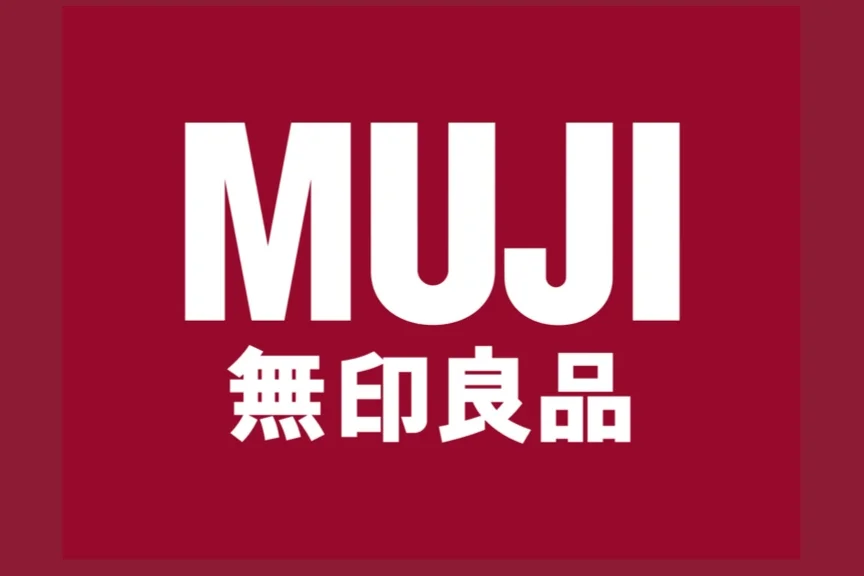Julie is a Queens-based UX Researcher / Designer with a background in architecture and small business ownership.
The Project
Well Kept Pet: UX Research and iOS App
The Challenge
Inspired by a real-life pet health emergency, the founders of Well Informed Pet created this app to store pet health records for pet parents on the go. They asked our team to perform a UX Research update for their product, to design an iOS version of their already-launched Android app, and to create some fun and surprising features that would increase user satisfaction.
My Role
UX Designer in a 3-person team (3 weeks)
The Process
We analyzed performance of the existing product and determined that challenging functionality and limited features did not inspire users to use the app regularly . In order to determine the features and app format that would prove useful for those in the world of pet care, we conducted user interviews and researched the major players in the pet care marketplace.
RESEARCH: Usability testing of an existing product, Screener survey, User Interviews with current app users, pet owners and pet caretakers, market research, heuristic evaluations of client and competitor apps, persona development, User Journey
DESIGN: app wireframes in Sketch, prototyping with Invision, and and App Map showing user flows through the various app features
The Discovery
Research showed that document storage was not of great importance to pet parents, and that they cared very strongly about sharing information about their pets' daily care with pet sitters and other caretakers. We rebranded the app Well Kept Pet and created features that let owners create pet profiles and routines, share that information with their network of caretakers, and receive alerts about their pets' care while they were away.
RESEARCH PHASE
Contextual Inquiry: In-Store Shop-alongs
We started the project by visiting 2 MUJI store locations and shadowing 7 customers as they shopped the stores.
By observing behaviors and conducting exit interviews, we gained these insights:
Repeat customers have favorite products and departments, they enjoy sharing MUJI products with friends, and those who had used the website expressed frustration with the lack of clear information given regarding products and orders.
Existing Site Usability Testing
We also performed usability tests on the current online store page, with users we recruited via a survey screener. Testers were given 3 scenarios and corresponding tasks to complete on the website:
Find a housewarming gift for under $30
Users reported that they felt overwhelmed by the range of options, but received no guidance on where to start looking.
Find 3 pens of varying line weights
A lack of filtering options left users confused about how to find what they wanted.
Find a burgundy-colored sweater and check to see if your size is available
Users were challenged by the lack of relevant sizing information.
CARD-SORTING
We tested the current navigation categories by performing a card-sorting study with Optimal Sort. By testing with a closed-sort format, we were able to determine which categories were particularly problematic. Our open-sort test format allowed us to see how users naturally grouped items - this gave direction on how to best re-organize categories in the proposed navigation.
SYNTHESIS
Affinity Mapping


